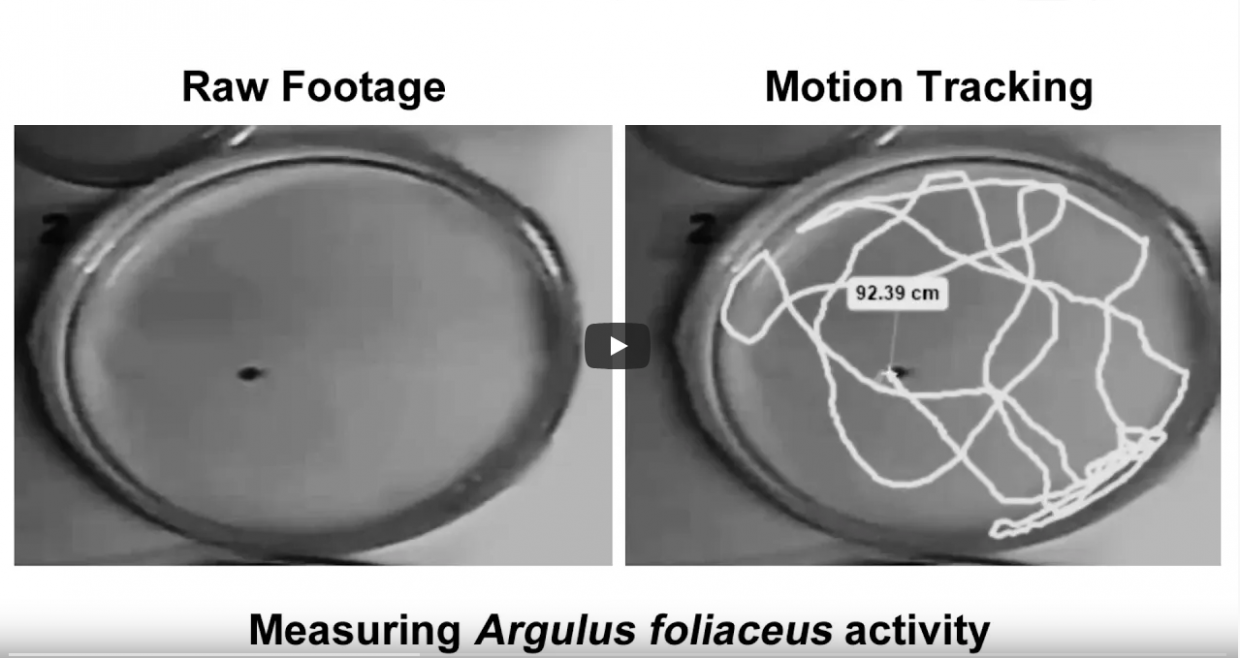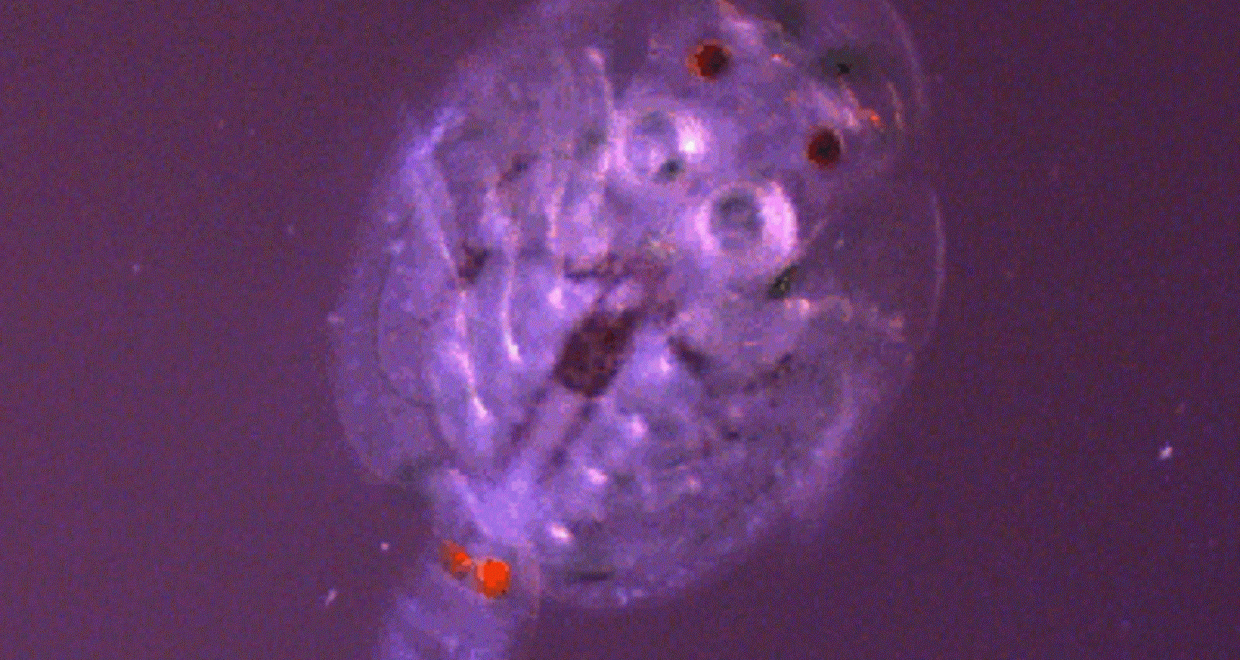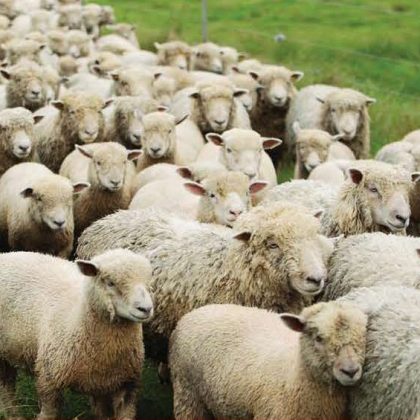Shining a light on parasite behavior: daily patterns of Argulus fish lice
The latest Paper of the Month for Parasitology is “Shining a light on parasite behaviour: daily patterns of Argulus fish lice” and is freely available for one month.
Fisheries play an important part in food security across the globe. But as farming efforts intensify to meet growing protein demands so too does parasitic infection. Fish lice are a notorious pest that have plagued fisheries since their conception. These large ectoparasites attach to fish skin, causing extensive damage and increasing the likelihood of secondary infections. Traditionally parasites in fisheries are treated chemically, but with rising environmental concerns and increasing drug resistance, alternative methods of control are now being pursued. One such avenue involves manipulation of parasite behaviour. Parasite behaviours related to reproduction, dispersal and transmission can be disrupted to prevent subsequent host infection. Fish lice retain the ability to swim off host throughout their lives, and thus can transmit to multiple hosts across their lifespan. While off host, fish lice are attracted to fish hosts (chemical and mechanical movement), but also to light. The response of fish lice to light is incredibly strong and poses the question as to whether it can be employed to control fish lice by attracting them away from hosts and potentially into traps.

Our study, using the freshwater fish louse Argulus foliaceus, began by examining natural louse behaviour over a diurnal period to assess behavioural patterns. We then delved deeper into light attraction of lice by testing different colours of light and observing attraction with and without hosts present.

We observed distinct rhythmical patterns in swimming activity that differed between male and female lice – males showed high activity during the day and low activity at night, while females peaked in activity when lights turned off. When observed under total darkness, no pattern was present suggesting swimming activity is not endogenous and is instead triggered by changes in light. Light attraction tests determined that white and blue light are the most attractive compared to red and green light, indicating a preference for shorter wavelengths. Additionally, lice were attracted to a light source over a host.

These results suggest that light is a strong attractor that could be used to bait lice into traps, with field testing required to ascertain feasibility. Increased louse activity during the day could lead to increased captures, although light baits would have higher visibility at night which could influence attraction. Additionally, light colour or regimes in fisheries could be altered to reduce ambient louse attraction. Understanding parasite behaviour allows development of new, alternative control methods, reducing reliance on chemical treatments.
The paper “Shining a light on parasite behaviour: daily patterns of Argulus fish lice” by Rhi Hunt, Jo Cable and Amy Ellison, published in Parasitology, is available free for a month.






